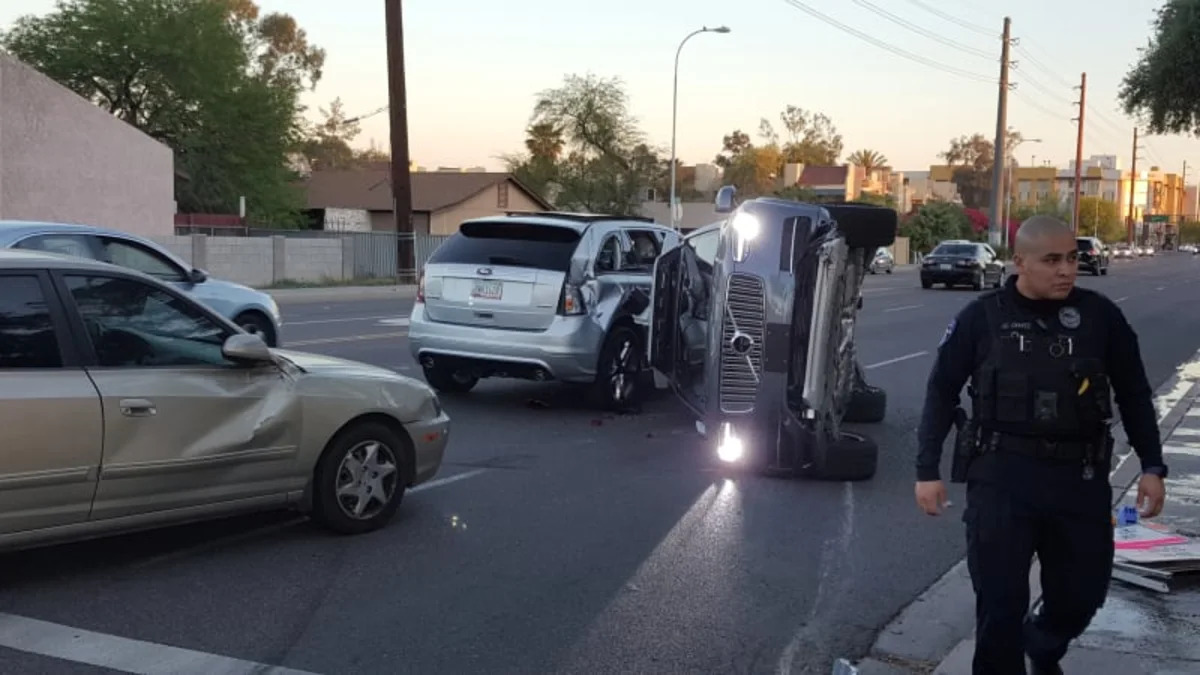UPDATE:
An Uber spokesperson tells us the company is "continuing to look into this incident," and it's not too hard to see why. While it's already established that Uber isn't at fault (another driver failed to yield when Uber's SUV had the right of way), there are a number of unanswered questions. Is there any way the Uber ride's human driver could have avoided a collision by taking over in time, for example? And is there a software tweak that could have had the vehicle react on its own? Although it's tempting to pin the accident solely on the imperfect nature of people, Uber likely wants to rule out any factors that could be resolved through code or driver training.
This article by Jon Fingas originally appeared on Engadget, your guide to this connected life.
Related Video:
Uber's freeze on self-driving car tests following an Arizona crash was very short-lived. The ridesharing firm told Engadget that it's "resuming our development operations" in San Francisco as of Monday morning, with Arizona and Pittsburgh cars to follow.
The company didn't say exactly why it's resuming so quickly. However, the initial reports surrounding the crash suggest that there wasn't much Uber could have done. The company's Volvo XC90 test mule was knocked on its side after another driver failed to yield - autonomous vehicles are certainly supposed to react to human drivers, but there's no guarantee that they can always respond to someone ignoring the rules.
Previous story below:
An Uber spokesperson tells us the company is "continuing to look into this incident," and it's not too hard to see why. While it's already established that Uber isn't at fault (another driver failed to yield when Uber's SUV had the right of way), there are a number of unanswered questions. Is there any way the Uber ride's human driver could have avoided a collision by taking over in time, for example? And is there a software tweak that could have had the vehicle react on its own? Although it's tempting to pin the accident solely on the imperfect nature of people, Uber likely wants to rule out any factors that could be resolved through code or driver training.
This article by Jon Fingas originally appeared on Engadget, your guide to this connected life.
Related Video:


Sign in to post
Please sign in to leave a comment.
Continue